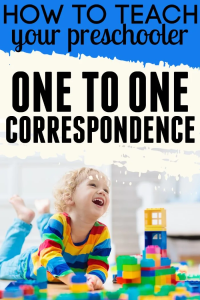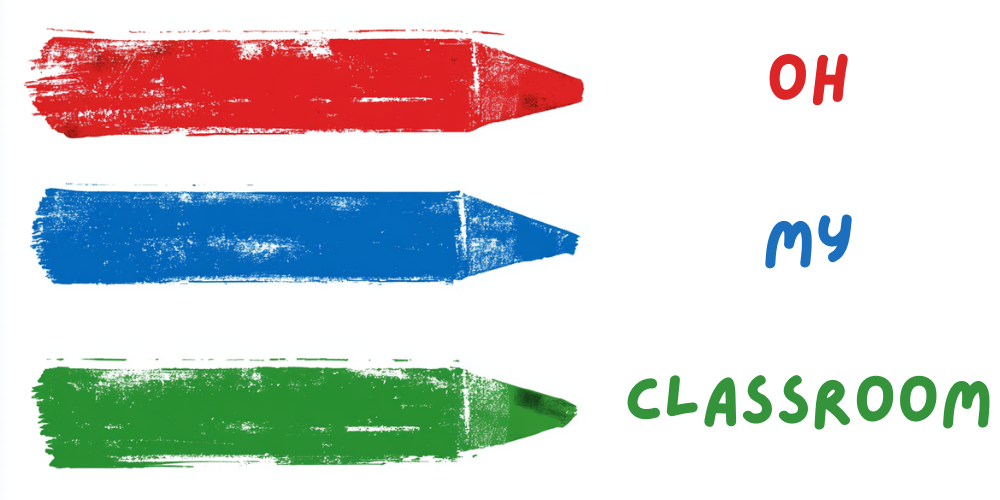Engaging children in rote counting activities is a wonderful way to introduce them to the world of numbers and foster their mathematical skills.
Rote counting, or counting by memory without understanding the concept of quantity, forms the foundation for more complex mathematical concepts.
Here are best rote counting activities for kids that will captivate and educate kids while they embark on their mathematical journey.
Counting with Number Blocks:

Using colorful number blocks is an excellent way to engage children in rote counting activities. Start by placing the blocks in numerical order and encourage the children to count along as they touch each block. For instance, ask them to touch the first block and say “one,” then the second block and say “two,” and so on. This hands-on approach helps children visualize the sequence of numbers and reinforce their counting skills. To make it even more interactive, have the children arrange the blocks themselves and take turns counting aloud, promoting both fine motor skills and number recognition.
Counting Songs and Rhymes:

Music has a magical way of capturing children’s attention and enhancing their learning experience. Incorporate counting songs and rhymes into your rote counting activities to make them enjoyable and memorable. Sing popular rhymes like “One, Two, Buckle My Shoe” or “Five Little Ducks” and encourage children to join in. You can use visual aids or finger movements to represent each number, allowing children to associate the words with a specific quantity. Through these rhythmic and repetitive tunes, children develop their ability to remember and recite numbers confidently.
Related: 20 Best Motivational Activities for Students
Counting Objects in Nature:

Take rote counting outdoors and let children explore and count objects found in nature. It could be counting flowers in a garden, rocks on a trail, or even the birds they spot in the sky. Encourage them to count aloud as they point to each object. This activity not only strengthens their counting skills but also connects mathematical concepts to the real world. As children engage with their surroundings, they gain a deeper understanding of numbers and how they relate to everyday objects, fostering a sense of curiosity and observation.
Counting Hopscotch:

Turn a classic game like hopscotch into a rote counting activity. Draw a hopscotch grid on the ground using chalk or tape and label each square with a number. Invite children to hop on the squares as they count aloud, starting from one and progressing through the numbers. This active and physical approach to counting allows children to engage their whole body and develop coordination while reinforcing their rote counting skills. Encourage them to challenge themselves by hopping and counting backward as well.
Related: 20 Best Boredom Busters for Kids
Counting with Counting Trays:

Create counting trays by labeling individual compartments with numbers from one to ten. Provide a variety of small objects like buttons, beads, or blocks and ask children to count out a specific quantity of objects in each tray. For example, instruct them to place three buttons in the tray labeled “three.” This hands-on activity promotes both counting and one-to-one correspondence skills, as children match the number of objects to the corresponding number. It also encourages organization and categorization, as children sort the objects into their respective trays.
Counting with Number Puzzles:

Introduce children to number puzzles where they have to arrange pieces in numerical order. Choose puzzles that display numbers or objects with corresponding quantities. As children solve the puzzles, they can practice counting in a structured and visual manner. This activity enhances their problem-solving skills, and fine motor coordination, and reinforces number sequencing.
Counting in the Supermarket:

During a trip to the supermarket, engage children in counting activities. Ask them to count the number of apples in a bag or the items in their shopping cart. Encourage them to read price tags and count money. This real-life context helps children understand the practical applications of counting while making grocery shopping an interactive and educational experience.
Counting Fingers and Toes:

Utilize children’s own bodies as a tool for counting. Have them count their fingers and toes, touching each one as they say the corresponding number. You can also extend this activity by asking them to count other body parts, like their eyes, ears, or even the buttons on their clothes. This tactile and kinesthetic activity reinforces the connection between numbers and quantity while promoting body awareness.
Counting with Dice:

Dice can be a fun and versatile tool for rote counting activities. Provide children with a pair of dice and ask them to roll them. They can then count the dots on each dice and add them together to find the total. Encourage them to say the total number out loud, helping them practice counting and basic addition skills simultaneously. This activity can be adapted for different levels by using larger or numbered dice.
Counting in a Story:

Incorporate counting into storytelling sessions. Choose books that incorporate numbers or counting elements. As you read the story, pause at relevant points and ask children to count specific objects mentioned in the text or illustrations. This activity combines literacy and numeracy skills, making the learning experience engaging and imaginative. It also helps children associate numbers with visual representations in a meaningful way.
Counting with Number Cards:

Create number cards with large, bold numerals from 1 to 20. Scatter the cards on a table or floor and have children pick them up in sequential order, saying each number aloud as they go along. You can also ask them to match objects or quantities to the corresponding number cards, reinforcing their understanding of numerical value and quantity.
Counting with Playdough:
Use playdough to make counting more interactive and hands-on. Ask children to roll small balls of playdough and place them on a playdough mat labeled with numbers. They can count out the correct number of play dough balls for each numeral on the mat. This activity combines sensory play with rote counting, promoting fine motor skills and number recognition.
Counting with Ten Frames:

Introduce ten frames, which are grids with two rows of five squares each, to help children visualize and practice counting in groups of ten. Provide counters such as small pebbles, buttons, or beads, and ask children to fill the ten frames by placing a counter in each square. As they fill the frames, they can count aloud, reinforcing the concept of grouping in tens and understanding place value.
Counting by Skipping:

Teach children to count by skipping numbers using a jump rope or by hopping. Start with a number, such as 1, and have them skip count by twos, threes, or any other interval. For example, if counting by twos, they would say “1, skip 2, 3, skip 4,” and so on. This activity not only reinforces rote counting but also introduces skip counting, which is a precursor to multiplication.
Counting Tower Challenge:

Challenge children to build a tower using building blocks or other stacking toys. Ask them to count aloud as they add each block to the tower. Encourage them to count carefully to ensure accuracy. This activity enhances fine motor skills, hand-eye coordination, and counting accuracy. It also adds an element of excitement as children aim to build the tallest tower they can while keeping track of the number of blocks used.
Counting with Counting Books:

Choose counting books that focus on numbers and quantities. Read the book aloud, and as you come across each number, ask the children to count along with you. Encourage them to point to the corresponding objects or illustrations representing the numbers. This activity promotes number recognition, counting skills, and literacy development.
Counting with Snack Time:

During snack time, provide a bowl of small treats, such as raisins, pretzels, or crackers. Ask children to count out a specific number of treats, placing them on their plates or in a cup. For instance, request five raisins or ten pretzels. This hands-on activity combines counting, fine motor skills, and snack enjoyment, making learning delicious and engaging.
Counting with Number Line:

Create a number line using a long strip of paper or tape on the floor. Write numbers from 1 to 20 along the line. Have children stand on a particular number and count aloud while they walk along the number line. They can also hop or jump from number to number, practicing both rote counting and gross motor skills.
Counting Patterns:

Introduce counting patterns to children by using objects with distinct attributes, such as colored blocks or buttons. Start a pattern, such as red-blue-red-blue, and ask children to continue the pattern by placing the objects in the correct sequence. As they do so, they can count the objects and reinforce their understanding of numbers and patterns simultaneously.
Counting on a Nature Walk:

Take children on a nature walk and ask them to count objects they encounter, such as trees, flowers, or rocks. Encourage them to count different groups of objects separately and practice counting in multiples. For example, count trees in groups of three or flowers in groups of five. This outdoor activity combines exploration, counting skills, and an appreciation for nature.

